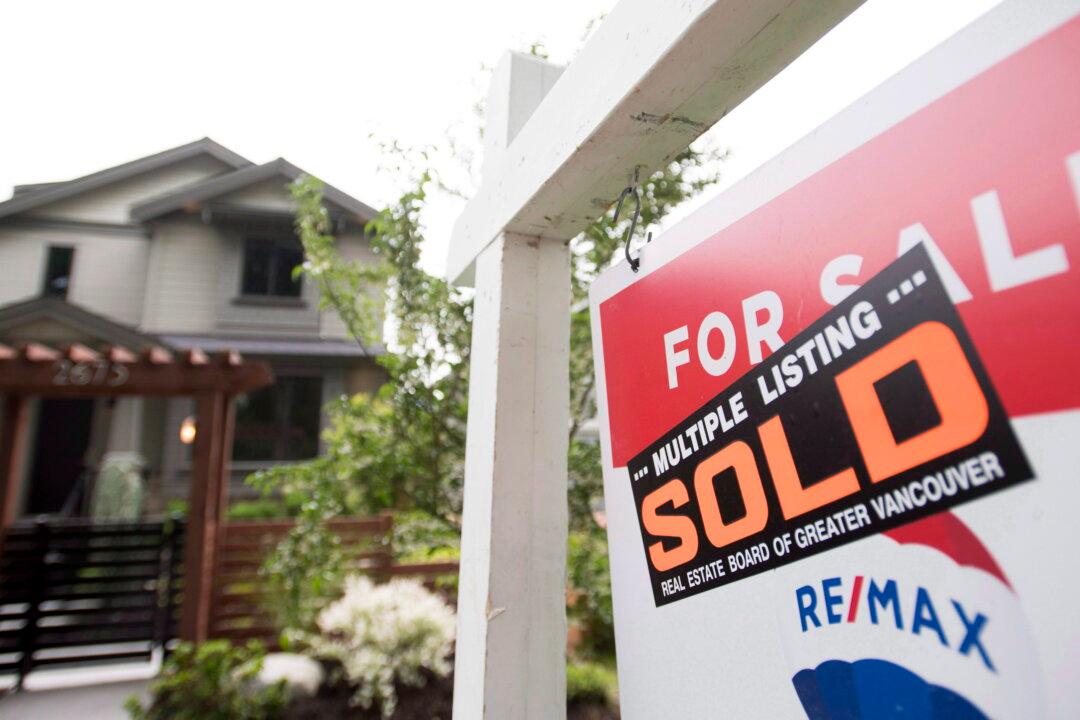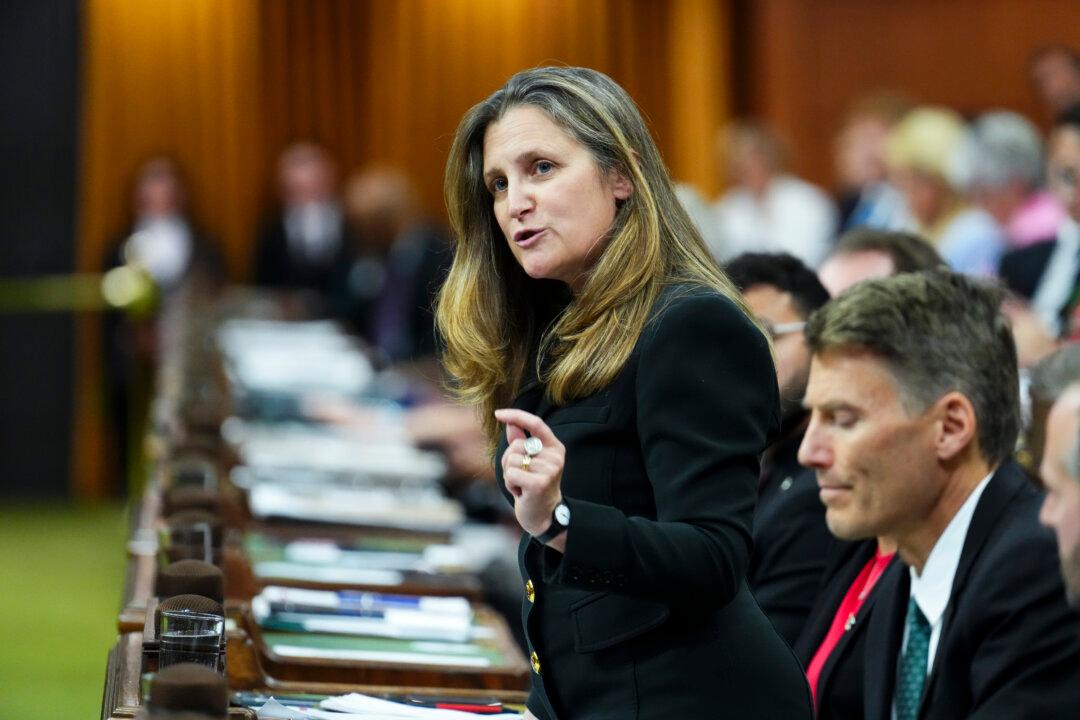The housing affordability crisis is impacting a range of actors and the federal government has proposed solutions to address it, but private mortgage insurers warn that reducing premiums on insured mortgages could have the unintended consequence of reducing market access to prospective buyers.
“We believe that it will be imprudent to alter the mortgage insurance pricing structure when things remain so volatile. The risk of unintended consequences is too great,” said Stuart Levings, president and CEO of Sagen Mortgage Insurance Company Canada.





